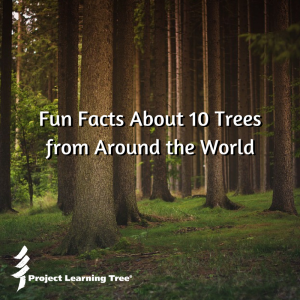 Even though most of us don’t think about it, trees play a critical role in our daily life. Learning about trees can be a doorway to understanding so many parts of our lives. Not only do trees produce oxygen and provide habitats for wildlife, we also use certain kinds of trees for food, fuel, and timber. By studying different kinds of trees from around the world, we can see how connected we are.
Even though most of us don’t think about it, trees play a critical role in our daily life. Learning about trees can be a doorway to understanding so many parts of our lives. Not only do trees produce oxygen and provide habitats for wildlife, we also use certain kinds of trees for food, fuel, and timber. By studying different kinds of trees from around the world, we can see how connected we are.
Trees come in all shapes and sizes and we’ve collected some interesting facts about 10 kinds of trees. Present the images and facts to your students and have them create “tree profiles” to illustrate the facts about these trees. These profiles could be a drawing or collage of things that represent the tree.
Check out more activity ideas for teaching about trees.
Tree profiles
Kapok
Facts about the kapok tree:
- Native to Mexico, Central America, the Caribbean, northern South America, and tropical West Africa.
- Thrives in tropical regions.
- Also called “Ceiba” or “White Silk-Cotton Tree.”
- Miami, Florida is home to one of the oldest known kapok trees, which is about 200 years old.
- Honey bees use kapok’s flowers for their nectar and pollen.
- Produces hundreds of 6″ pods with seeds. The pods are surrounded by a yellow, fluffy fiber resembling cotton.
Olive Tree
Facts about the olive tree:
- Native to the Mediterranean area, Asia and Africa.
- Many countries and regions, including Argentina, California, and Bermuda grow the tree for its fruit.
- Olives are cultivated from trees when they are between 15 and 80 years old, though they can live for several hundred years.
- Olive oil comes from the olive tree fruit.
- The leaves are sometimes processed to make into tea.
- Fossils from Italy show the tree existed as early as 20-40 million years ago in that region.
- There are more than 850 million olive trees in the world.
Oak Tree
Facts about the oak tree:
- Native to the Northern Hemisphere.
- There are 600 species of oak, North America has the largest number with 90 in the U.S. and 160 in Mexico. China has 100 species.
- The oak tree fruit is called a nut or acorn. Each acorn has one seed.
- Depending on the species, each acorn takes 6-18 months to mature.
- The leaves and the acorns have a substance that protect it from fungi and insects.
- The oak leaf is used to represent multiple medals and awards for the United States Army or Air Force – it is called the oak leaf cluster.
Cashew Tree
Facts about the cashew tree:
- Native to Brazil, although the majority of cashew production happens in Vietnam, Nigeria, India, and Ivory Coast.
- The cashew tree is large and grows as tall as 46ft, though with a short and irregularly shaped trunk.
- The dwarf cashew, which grows up to 20ft tall, produces more fruit than larger species.
- The cashew tree produces red flowers, which turn into a pear-shaped “cashew apple.” The cashew tree’s true fruit grows at the end of the “apple.” This tree’s fruit is harvested, roasted to destroy the outer layer of toxins, packaged, and sold as cashew “nuts.”
- Located in Brazil, the largest cashew tree in the world covers almost 2 acres.
- The cashew “apple” can be eaten and is popular in countries where trees grow. The “apple” is difficult to transport, so only the fruit (which we often call a cashew “nut”) is exported.
Giant Sequoia
Facts about the giant sequoia:
- Native to the Sierra Nevada Mountains of California. They also grow in parts of Europe, Australia, Canada, New Zealand, and Chile.
- Also known as “giant redwood” and “Sierra redwood.”
- Giant sequoias are the world’s largest trees, growing an average of 279ft tall and 26ft in diameter.
- The largest living tree on Earth is a giant sequoia in California’s Giant Forest of Sequoia National Park. It’s named “General Sherman” after the American Civil War general William Tecumseh Sherman.
- Giant sequoias are one of the oldest living things on Earth – based on ring count, the oldest known Sequoia was 3,500 years old.
- A large Giant Sequoia can have about 11,000 cones.
American Sycamore
Facts about the American sycamore:
- Native to North America, it is usually called sycamore and belongs to the Platanus species.
- Also known as “American planetree” and “buttonwood”
- Found widespread from Iowa to Canada and Maine, Nebraska to Texas and Florida.
- The largest measured was 167ft tall.
- It is mentioned in the movie Pocahontas during the song “Colors of the Wind” – “How high does a sycamore grow? If you cut it down, then you’ll never know”
- Its wood is used for boxes and crates, furniture, siding, and musical instruments.
- In the fall, the leaves turn brown and shrivel up before falling.
Sugar Maple
Facts about the sugar maple:
- Native to eastern Canada, and the northern areas of central and eastern United States.
- The tree is known for its bright leaves in the fall and for its maple syrup.
- A healthy sugar maple lives for over 400 years.
- Maple syrup comes from the sap in the tree. Through a hole in the tree, sap is collected in a bucket and then boiled – the syrup that is left behind is maple syrup. Ten gallons of sap make less than half a gallon of maple syrup.
- New York, Vermont, West Virginia, and Wisconsin have the sugar maple as their state tree. Vermont’s state quarter from 2001 also has the tree on it.
- Sugar maple trees are used to carve bowling alleys, bowling pins, and baseball bats. The NBA also uses the tree’s wood for their basketball courts.
European Pear Tree
Facts about the European pear tree:
- Native to Central and Eastern Europe and Southwest Asia and are part of the rose family.
- Also known as the “common pear tree.”
- Most of the pear orchards in the rest of the world came from the European pear, though there are over 5,000 varieties of pears.
- In the United States, 95% of all the pears came from 4 cultivars of the European pear.
- Many caterpillars feed from the pear tree leaves.
- The wood is often used for creating woodwind instruments.
English Elm Tree
Facts about the English elm tree:
- Believed to be originally from Italy, although the tree is not found there any longer.
- Most commonly found in Central southern England, though not native there.
- Used to be one of the largest and fastest-growing trees in Europe until the spread of Dutch Elm disease.
- The branches on top form a fan-like crown, with the rest of the branches remaining low, giving the tree a figure-8 shape.
- Historically, the trunk of the English elm was used as water pipes because it would not rot in water.
Eucalyptus
Facts about the eucalyptus:
- Found throughout Australia, New Guinea, and Indonesia, the tree has adapted to many climate conditions.
- The tree is more wide than tall, it can reach up to 49 ft tall.
- Can only grow if it spends time in areas of flooding.
- As the tree grows, it drops off entire branches. This makes it a dangerous tree to camp under.
- The oil extracted from the leaves can be used as a scent or an ingredient in medicines.
- The timber can be used for railways, fencing, firewood, and furniture.
Photos under a Creative Commons license, courtesy Alexandre, J.M. Garg, Petr Pakandl, Sputnikcccp, MPF, L. Shyamal, Katja Shulz, Scanbus, Daniel Fuchs, Bruce Marlin, Famartin, Betty Cai, Ethel Aardvark, Mark Marathon, and Harald Hoyer.
More ideas for teaching about trees
Creating tree profiles is just one way for students to apply their knowledge about trees. Here are a few more activity ideas to incorporate into a lesson about trees:
Explore geography
These 10 trees come from many different parts of the world, so it’s easy to add a geography component to this activity. Students can work with maps by placing the trees in their correct location. They can also draw or trace the countries and regions where the trees are found.
Incorporate technology by having students use Google Maps to identify the locations of trees around the world.
Add a research component
Have students research trees local to your area. What do their leaves look like? What kinds of seed does it have? How is the tree used? What are some things that make this tree unique?
Incorporate technology by having students present their research with PowerPoint or Prezi.
Take your students outdoors
Take a walk in a nearby park, or take a field trip to a nature reserve or botanical garden. Have the students put their new knowledge into practice by identifying the local tree species. Students can bring their research of local trees as reference.
Incorporate science, art, and language arts
If students are able to collect leaves during a field trip, there are many ways to incorporate science, art, and language arts into a lesson about trees and leaves. Check out this Pinterest board for multi-disciplinary activities for learning about leaves.
Extend your students’ learning with these PLT activities
- Elementary: PreK-8 Environmental Education Activity Guide, Activity #21 – Adopt a Tree
Students “adopt” a tree to deepen their understanding of an individual tree and to explore relationships between their tree and other organisms. - Middle School: PreK-8 Environmental Education Activity Guide, Activity #29 – Rain Reasons
Students design and conduct experiments to determine how variations in water, light, and temperature affect plant growth. Then they discover how precipitation and geography can affect the trees found in particular regions. - High School: Global Connections: Forests of the World
This secondary module contains nine activities that help students explore a range of topics about the world’s forests. For example, in Activity #3, “Mapping the World’s Forests,” students discover the diversity of forests on Earth and learn how they are classified.
We’d love to hear from you – how are you going to incorporate activities about trees into your lesson plans? Let us know in the comments!


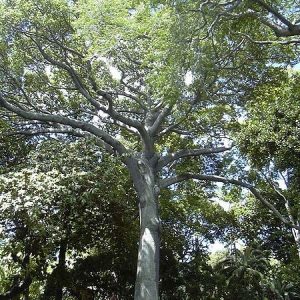
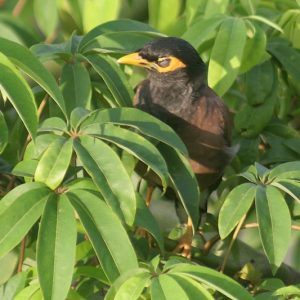
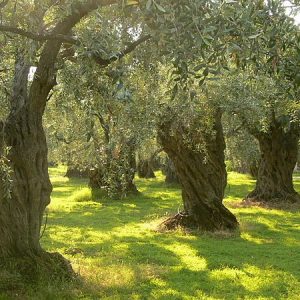
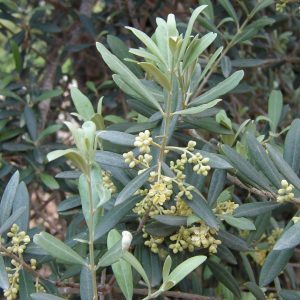
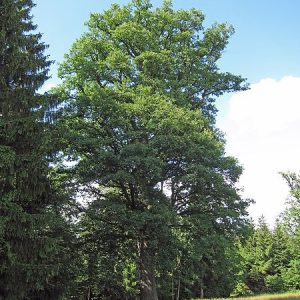
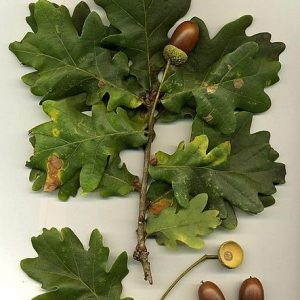
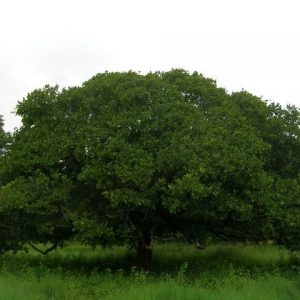
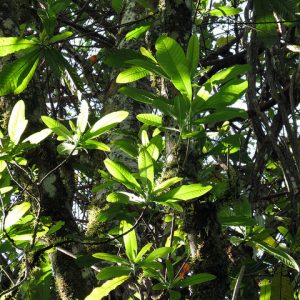
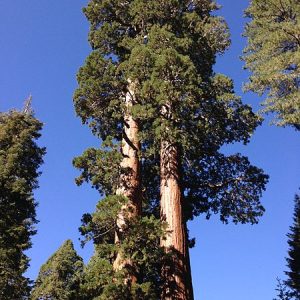
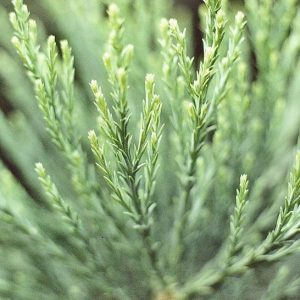
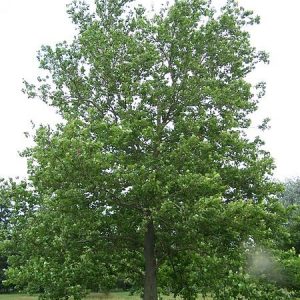
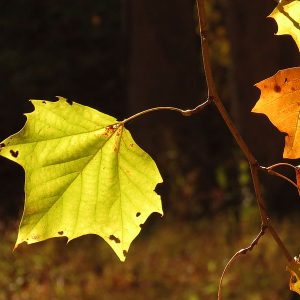
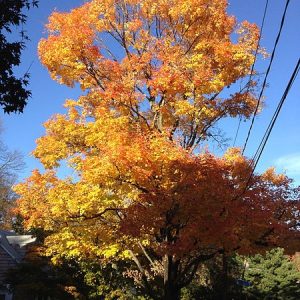
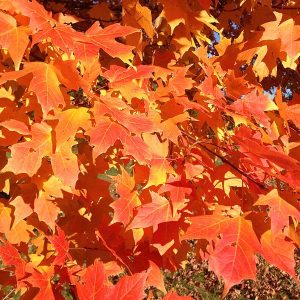
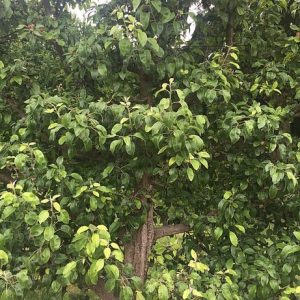
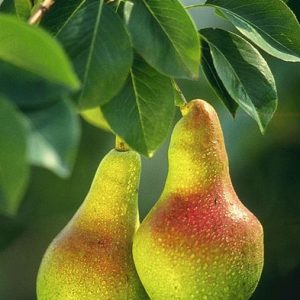
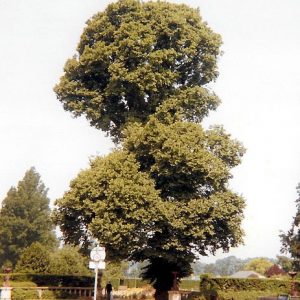
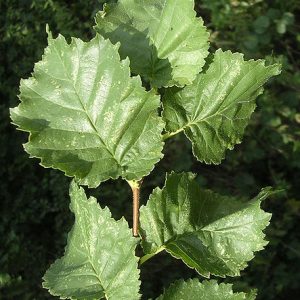
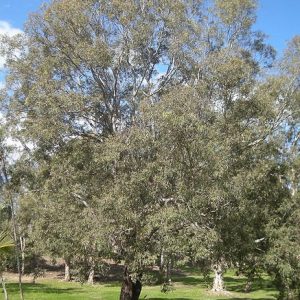
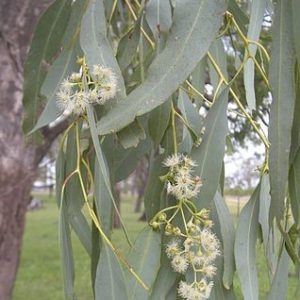

3 comments on “Teaching About Trees: Activity and Fun Facts About 10 Trees from Around the World”
Maple sap is now collected in plastic bags, that keep out the insects that used to fall in buckets.
The eucalyptus tree was imported to California and spread prolifically,but the common species is a type not useful for furniture and grows much taller than it is wide. It is a fire hazard because of the oil it contains. The seed pods have a star shaped design that may have from 2 to 12 points, fun to make a collection.
There are many kinds of eucalyptus trees. 53 species are written about in Sunset Western Garden Book. Some are NOT wider than tall. One cool thing not mentioned is that at least in some, the new leaves change shape as they age and are paler green than the older ones.
The Cashew tree is related to poison oak and poison ivy (they are in the same genus–Rhus) –some people get a rash from touching and/or eating the “apple” or even the “nut”. The “apple” will ferment with 48 hours of picking it. Chutney can be made from the “apples”. They are very tangy.
I will use this at our next 4-H meeting (following Earth Day!) and kids will eat olives, maple syrup, pears, and cashews. Another way to show how important our pollinators are!